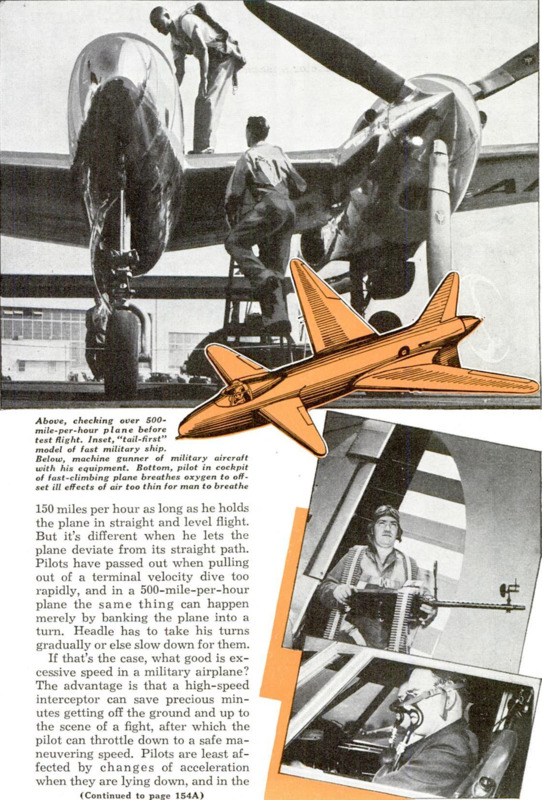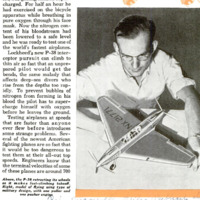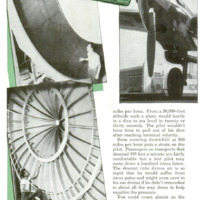How Fast Can We Fly?
Contenuto
- Titolo
- How Fast Can We Fly?
- Article Title and/or Image Caption
- How Fast Can We Fly?
- Lingua
- eng
- Copertura temporale
- World War II
- Data di rilascio
- 1941-03
- pagine
- 321-323, 154A, 157A, 159A
- Diritti
- Public Domain (Google digitized)
- Sorgente
- Google books
- Referenzia
- Marshall Headle
- Lockheed Corporation
- P-38 Lightning
- United States of America
- Hall Hibbard
- Allison Engine Company
- Archived by
- Enrico Saonara
- Alberto Bordignon (Supervisor)
- Copertura territoriale
- United States of America






